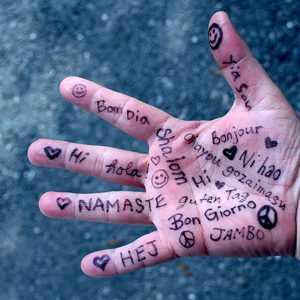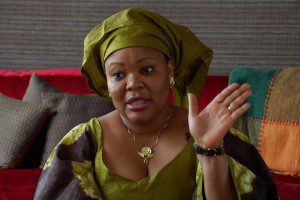 I am very interested in how dreams prompt us to expand our vocabulary, setting us learning tasks ranging from the language of quantum physics to the identification of different types of hermit crab. Even if we decide not to take more than a few steps in some of these journeys of learning and remembering, our ability to decode an intially mysterious word or symbol sometimes provides important objective confirmation that we are dreaming into transpersonal and/or ancestral territory.
I am very interested in how dreams prompt us to expand our vocabulary, setting us learning tasks ranging from the language of quantum physics to the identification of different types of hermit crab. Even if we decide not to take more than a few steps in some of these journeys of learning and remembering, our ability to decode an intially mysterious word or symbol sometimes provides important objective confirmation that we are dreaming into transpersonal and/or ancestral territory.
Some of the greatest adventures in my own imaginal life, which have sometimes brought me to a watershed in ordinary life, have begun with receiving a phrase in a language that is not my own, and yet is retained with enough accuracy to set a clear path for investigation. When I was in my teens in Australia, one of my dream visitors was a radiant young man who seemed to come from the eastern edge of the Mediterranean and insisted on speaking to me in a difficult vocabulary that I later learned was that of the Neoplatonist philosophers. He insisted that all true knowledge comes through anamnesis which means “remembering” in a special sense: remembering the knowledge that belonged to us, on the level of soul and spirit, before we came into the body.
When I moved to a farm in the Hudson Valley of New York twenty years ago, I dreamed of an ancient “woman of power” who insisted on communicating to me in her own language. One of the words I wrote down phonetically was ondinnonk. It looked improbable. I discovered that far from being a nonsense word, it was the key to a practice of dreaming and healing that went deeper than anything I had learned from Western psychology. In the spiritual vocabulary of the Huron,ondinnonk meant “the secret wish of the soul”, especially as revealed in dreams. I discovered this in the report of a Jesuit missionary who lived among the Huron in the 16oos. I learned that among the Huron and their Iroquois cousins, dreamwork centered on helping the dreamer to recognize the “secret wish of the soul” as revealed in a dream, and honoring that wish.
A decade ago, I recorded a word of medieval French – chantepleure– that was the legacy of a mostly forgotten dream. I knew enough French to see that it combines the words that mean “sings” and “cries”. A dictionary told me that is is an archaic term for a watering can. I had no context and could not grasp why this word had come through – until three years later through a string of dreams, visions and synchronicities, I found myself drawn into the world of Joan of Arc and Charles d’Orleans, the prince in whose name she launched her warrior crusade. I discovered that a chantepleure dripping blood was chosen by Charles’ mother as the family emblem, signifying grief and the demand for justice, after his father, the first Duke of Orleans, was slaughtered by ax-murders employed by the Duke of Burgundy.
When I was invited to lead my first workshop in Lithuania in 2004, I found myself dreaming words and symbols that belonged to an ancient priestess of the Earth goddess Žemyna, whose attributes you can read about in the wonderful books of Marija Gimbutas. I recount part of my experience of dreaming in Lithuanian in a chapter in my Dreamer’s Book of the Dead titled “Death and Rebirth through the Goddess”.
Because I am a fairly lazy linguist, I sometimes resist the dream call to embark on yet another voyage into ancient or foreign philology. But my Scots ancestors have been on my case for a while, and they would like me to remember a little more Gaelic.
related post: Dreaming with Žemyna: Active Dreaming for Cultural Soul Retrieval

